Setting the ideal tire pressure for Honda vehicles can make a big difference in how they perform, from fuel efficiency to how safe they feel on the road. Keeping tires inflated properly helps them wear evenly and gives your Honda better handling. Tire pressure that’s too low or too high can affect safety, comfort, and even gas mileage. By understanding the basics of tire pressure, Honda owners can keep their cars running smoothly.
What Is the Right Tire Pressure?
The ideal tire pressure varies depending on the Honda model you drive. Each car has a recommended pressure, which is usually listed on a sticker inside the driver’s door or in the owner’s manual. This number tells you the right pounds per square inch (psi) to set each tire. Most Hondas suggest tire pressures around 32-35 psi, but it’s always best to check your model’s specific requirements. For example, a Honda CR-V may recommend different psi levels than a Honda Civic.
Having tires inflated to the correct psi keeps them working well and can make your Honda feel steady and safe. On the other hand, driving with the wrong tire pressure can make the car harder to control, and it can wear out the tires faster. This makes checking the pressure regularly a good habit for any Honda owner.
Why Tire Pressure Changes
Tire pressure isn’t a fixed number that stays the same over time. It can go up and down depending on things like temperature and altitude. For instance, colder weather can cause the pressure to drop, while hot weather makes it rise. In fact, for every 10-degree drop in temperature, tire pressure can decrease by about 1 psi. As a result, seasonal changes can mean your tires need more frequent checks, especially if temperatures shift a lot between summer and winter.
Altitude can also affect tire pressure. When traveling to higher places, the tire pressure might increase, while it could decrease at lower altitudes. This can make it important to keep a close eye on your tire levels if you plan on driving to different elevations.
How to Check Tire Pressure Safely
To check tire pressure, it’s best to use a reliable tire gauge. While modern Honda vehicles come with a Tire Pressure Monitoring System (TPMS), which alerts you when tire pressure is low, this system only lets you know when the pressure is significantly below the recommended level. It won’t give an exact reading, which is why checking it yourself is helpful.
Honda vehicles should be checked when the tires are “cold.” This means you should measure the pressure before driving, as the heat from driving can make the pressure readings inaccurate. After noting the pressure on each tire, compare it to the recommended levels in your manual or on the sticker inside the door. Adjusting the pressure up or down to the recommended levels will give you the best performance and safety on the road.
Why the Right Tire Pressure Matters
Correct tire pressure helps Honda vehicles drive smoothly and saves on gas. Over-inflated tires can feel bumpy, wear out unevenly, and lose grip. Under-inflated tires, however, can wear out faster, reduce gas mileage, and make the car harder to steer. Both conditions can affect how safe your Honda feels, so keeping tire pressure right makes a difference.
Driving with the right pressure means your tires grip the road well and handle properly, whether you’re turning, braking, or driving on wet roads. It also helps avoid issues like blowouts, which happen when tires are too soft or worn down unevenly. Regularly checking and adjusting the pressure helps avoid these problems.
How We Can Help at Great Lakes Honda West
At Great Lakes Honda West, we understand the importance of keeping Honda vehicles in top condition. Our team in service department can check and set the ideal tire pressure for your Honda so that you don’t have to worry. We also offer tire inspections, rotations, and replacements to keep you driving smoothly and safely. Our experts can spot any early signs of wear or problems with your tires and make sure they’re ready for the road.
For more details about our services, visit Great Lakes Honda West or drop by to speak with our team. We’re here to make sure your Honda performs at its best with reliable tire maintenance and expert advice.

Do You Have Worn Honda Wheel Bearings?

Has Your Honda Car Stalled On The Road?

How To Fix A Honda Coolant Leak

How To Fix A Noisy Honda Engine

How To Identify Honda ECU Problems

How To Identify Honda Oil Pressure Issues

How To Identify Tire Damager In Your Honda Car

How To Solve A Shaky Honda Steering Wheel

How To Tackle A Faulty Honda Window

How To Tackle Excessive Exhaust Gas From Your Honda Car

How To Tackle Honda Tire Cracking

What Are Common Honda Electrical Issues?

Why Is Your Honda Car Heater Blowing Cold Air?

Do You Have A Clogged Honda Transmission Filter?

Do You Have A Misfiring Honda Engine?

How To Fix Squeaking Honda Brakes

How To Handle A Honda Tire Puncture

How To Identify Honda Transmission Failure Symptoms

How To Identify Uneven Honda Tire Wear

How To Improve Fuel Efficiency For Your Honda Car

How To Know If You Have A Honda Dead Battery

How To Know If You Have Honda Intermittent HID Headlight Issues

How To Replace Tail Lights For Your Honda

How To Reset The Check Engine Light In Your Honda Car

How To Tackle Overheating In Your Honda Car

Why Is Your Honda Car Not Locking Properly?
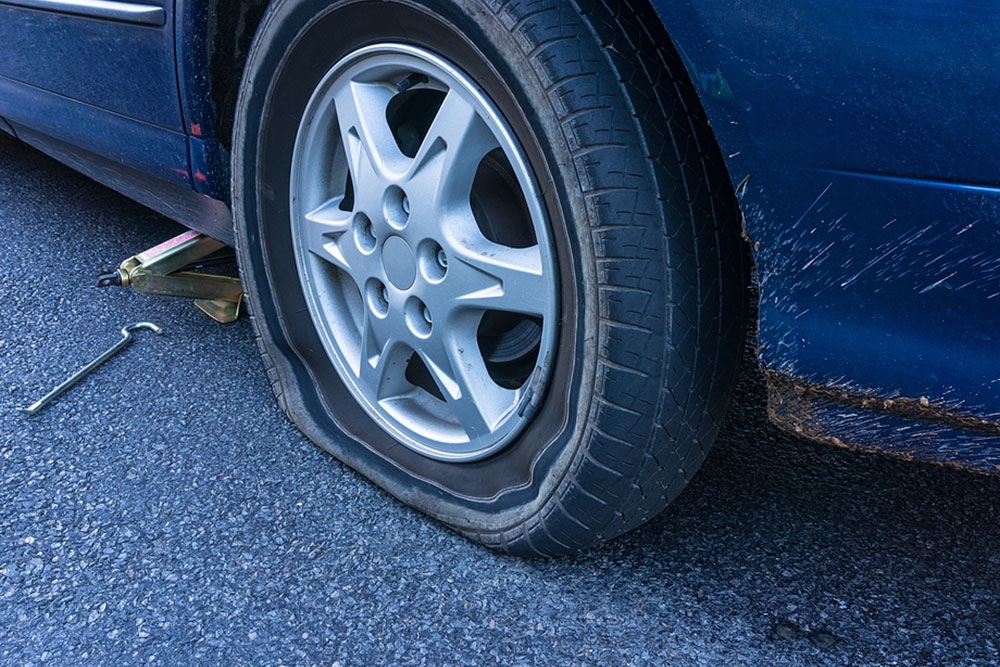
How To Change A Flat Tire For Your Honda Vehicle
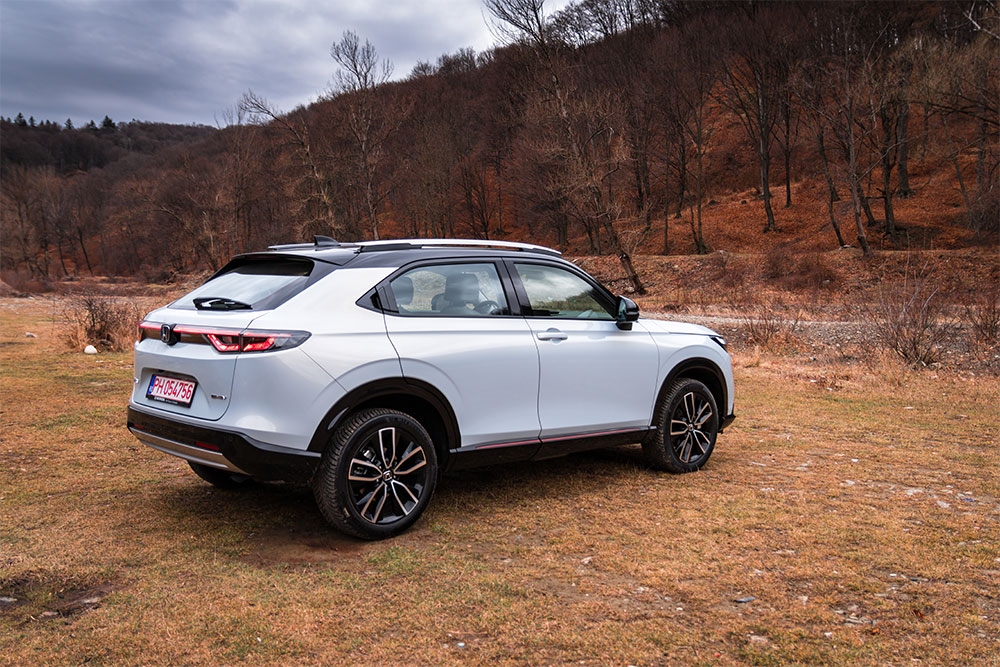
How to Choose the Most Ideal Honda SUV

How To Fix Honda Airbag Warning Light
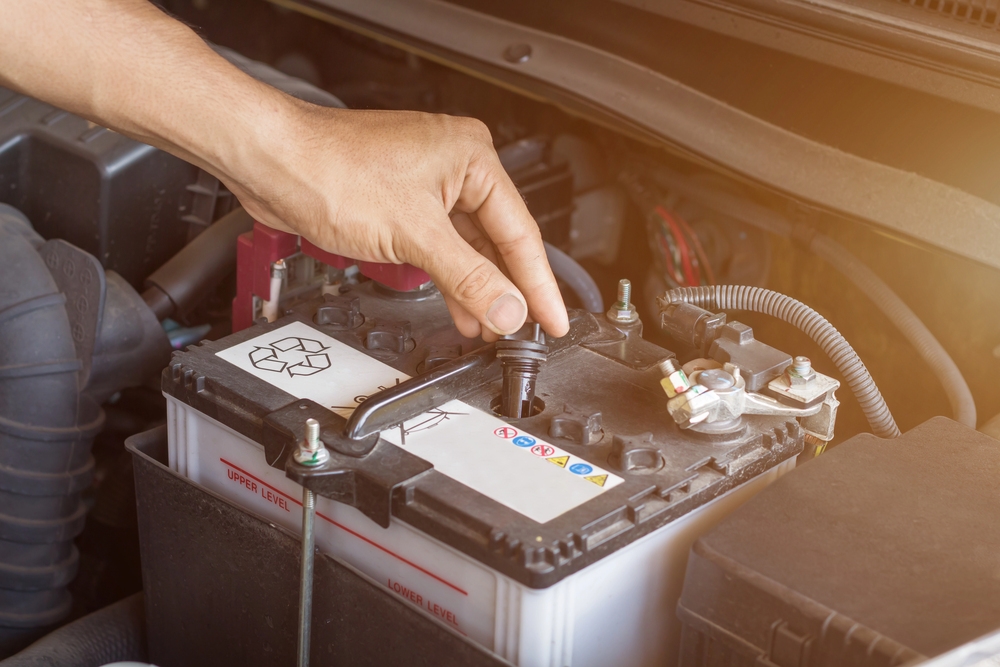
How to Identify a Honda Battery Leak
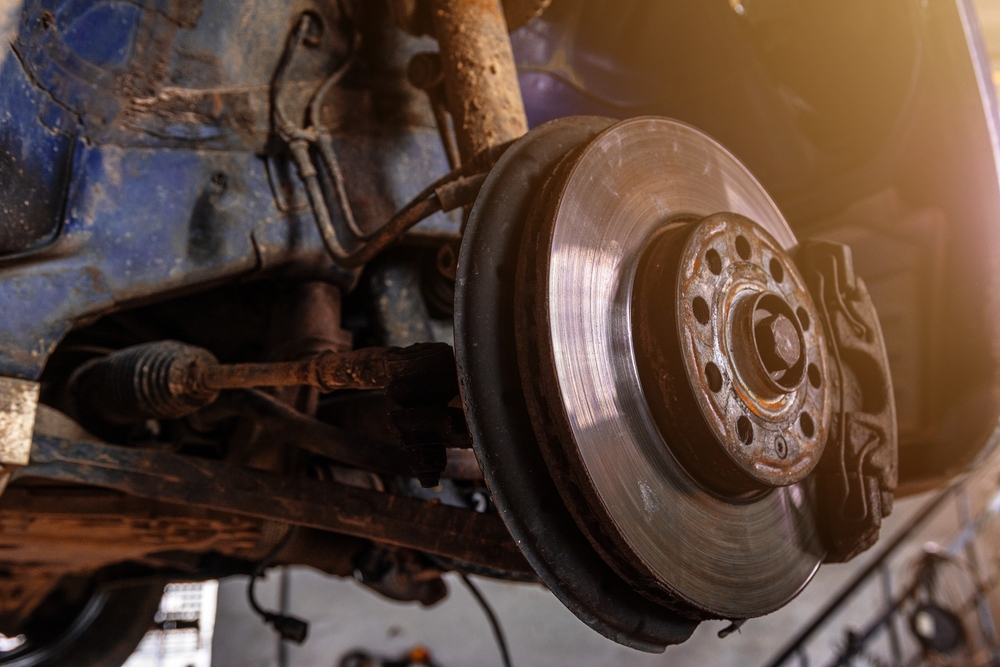
How To Identify Honda Premature Brake Disc Wear
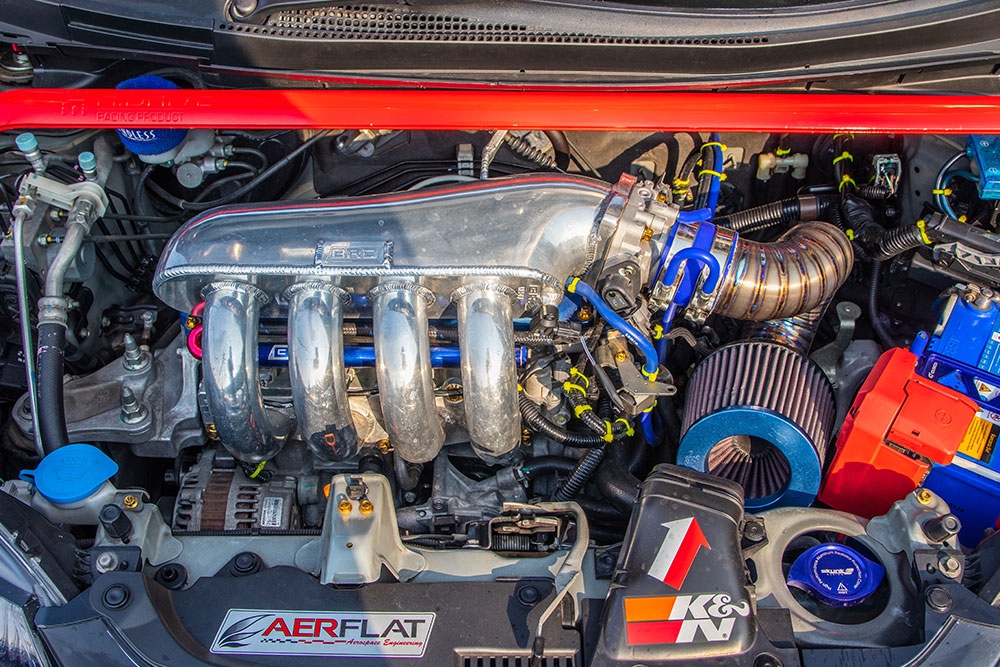
How To Know If You Have a Honda Fuel Pump Issue
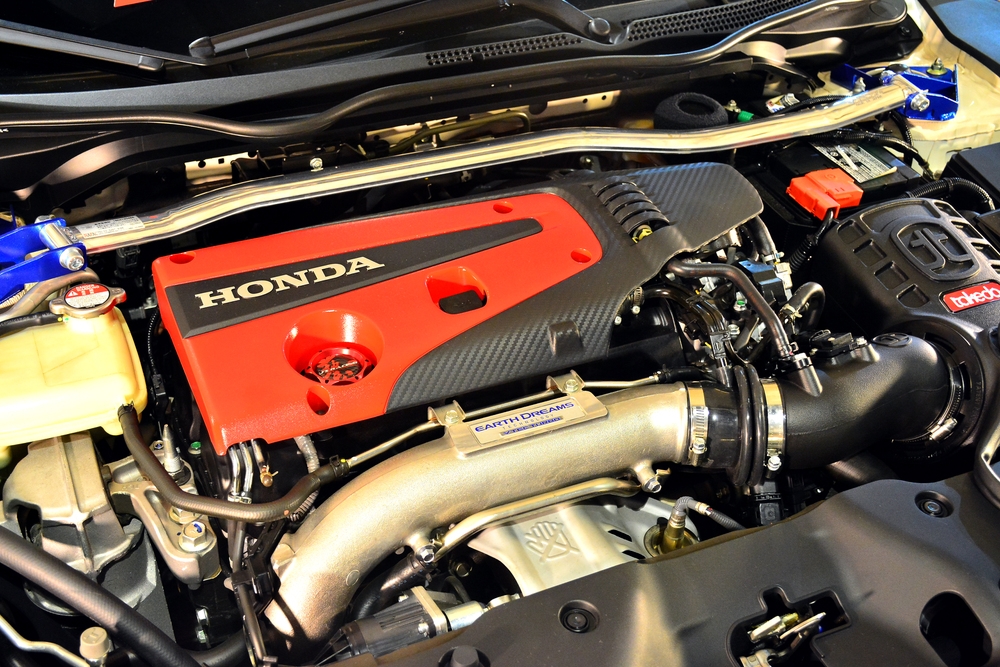
How To Know If Your Honda Engine Is Overheating
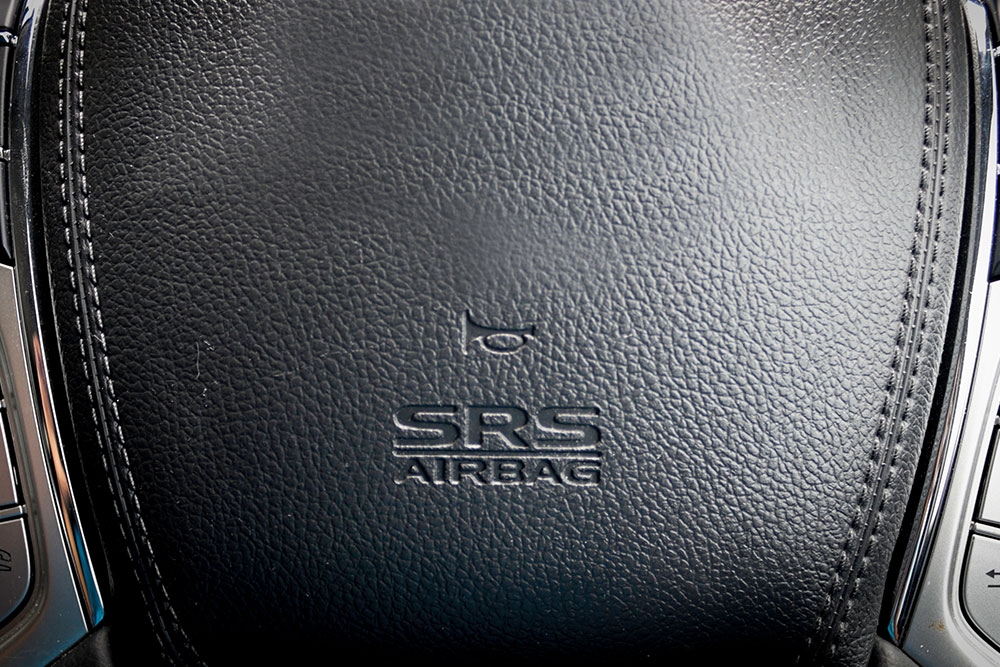
How To Reset Your Honda Airbag Module
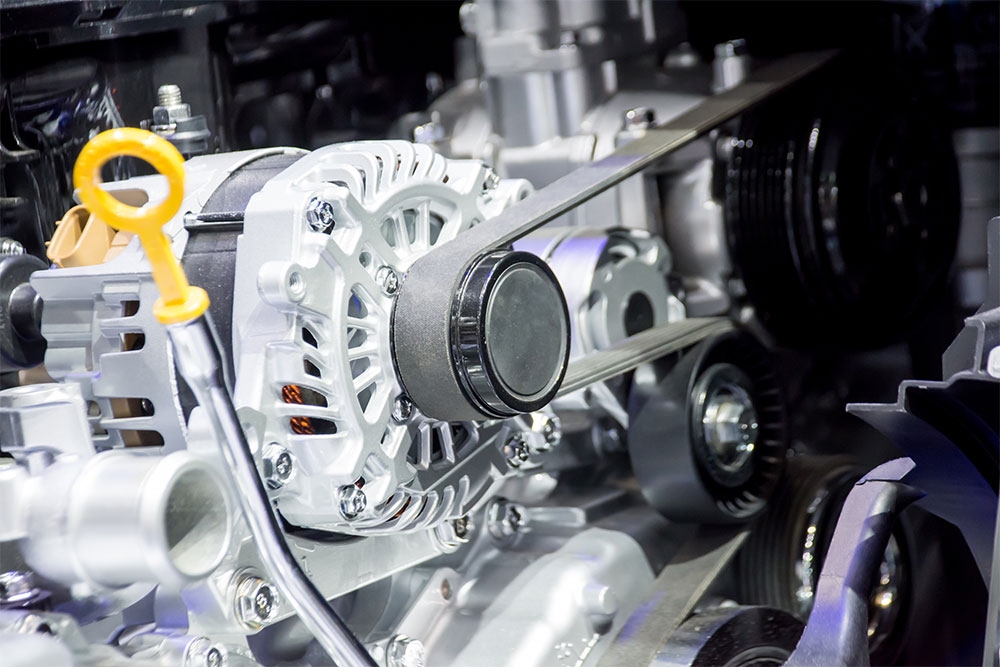
How To Tell The Signs Of A Broken Honda Starter Motor
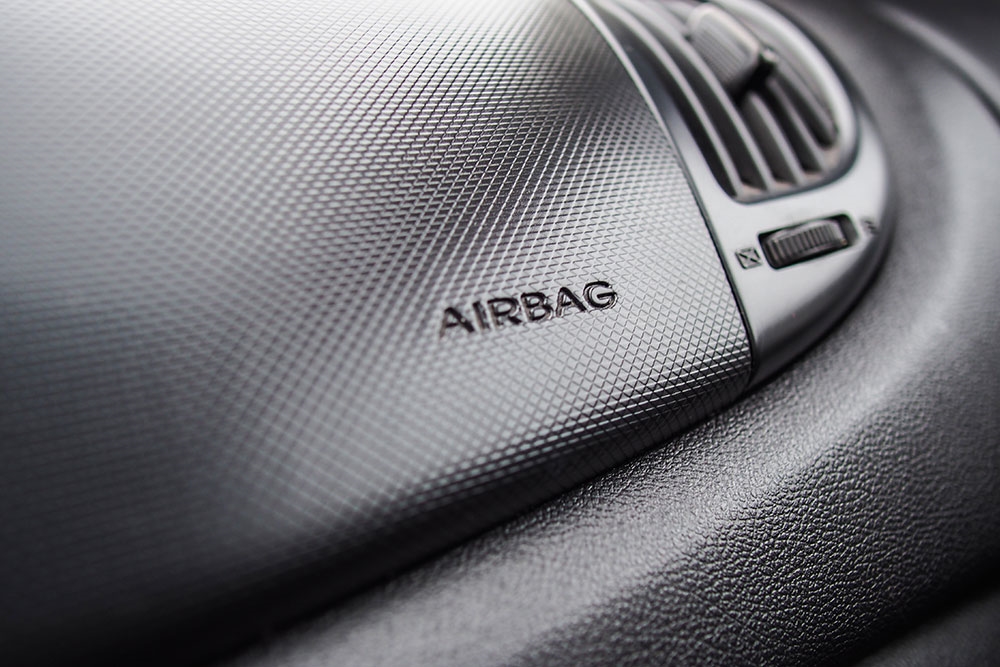
How to Turn Off Honda Passenger Airbag

What Should You Do When Your Honda Brake Light Comes On During Driving?
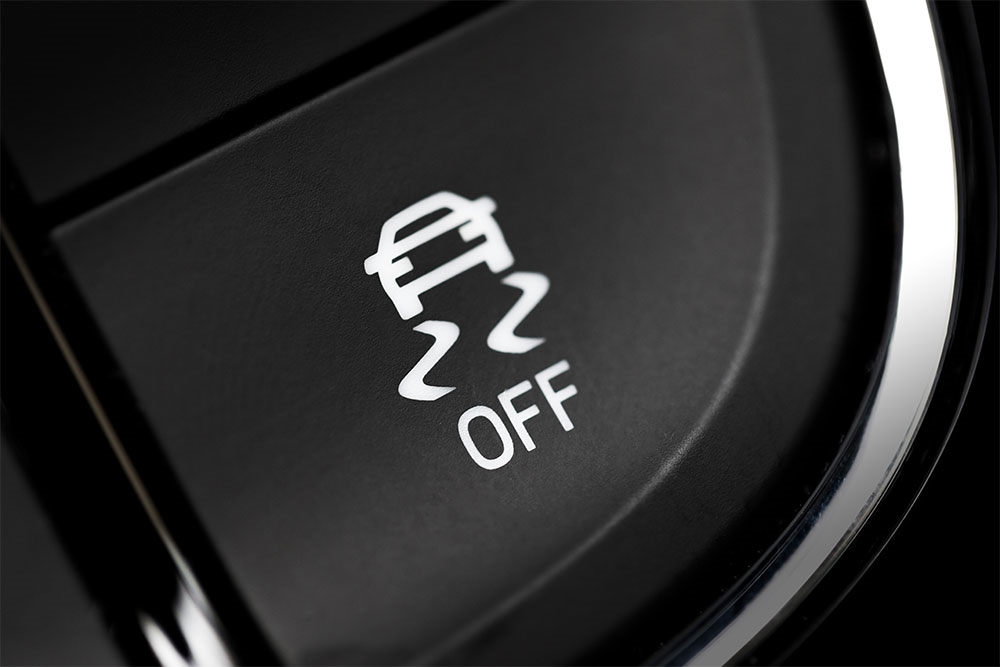
What To Do When The Honda Slip Indicator Light Comes On
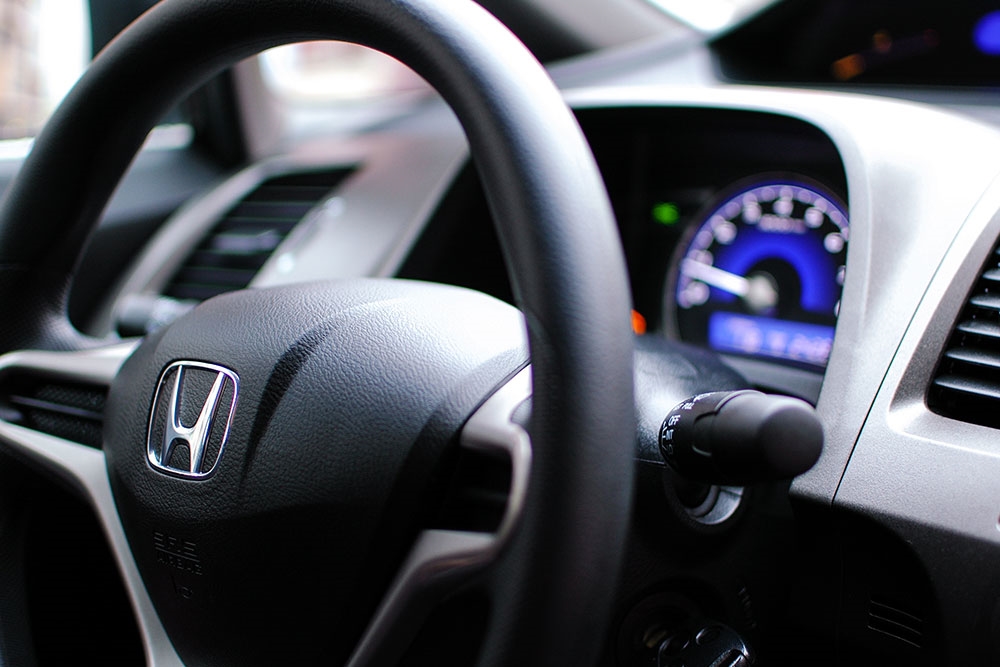
Why Is My Honda Steering Wheel Shaking?
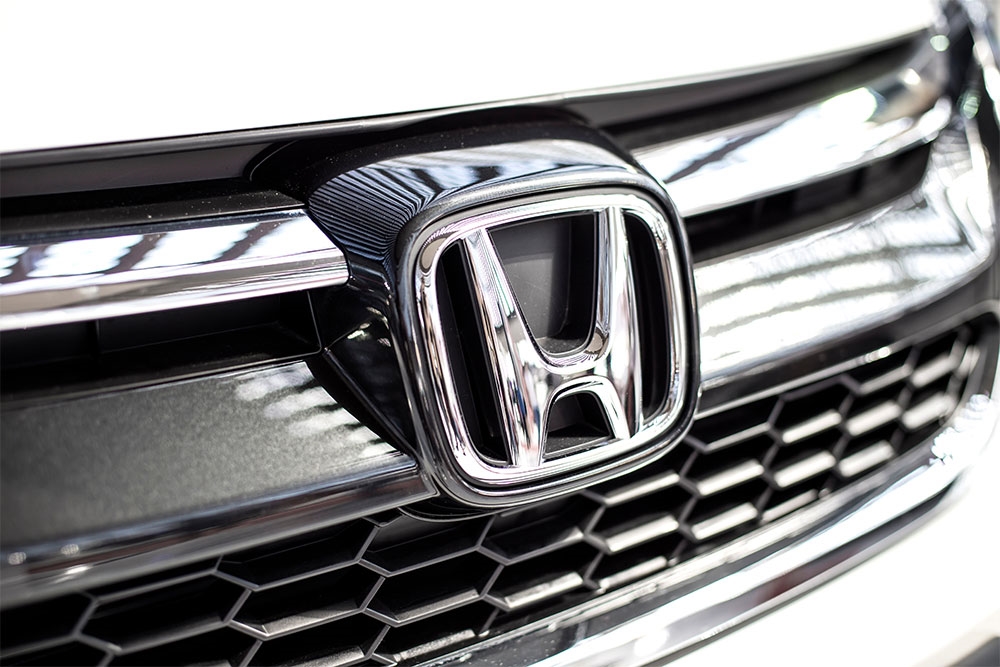
Has Your Honda Alternator Malfunctioned?
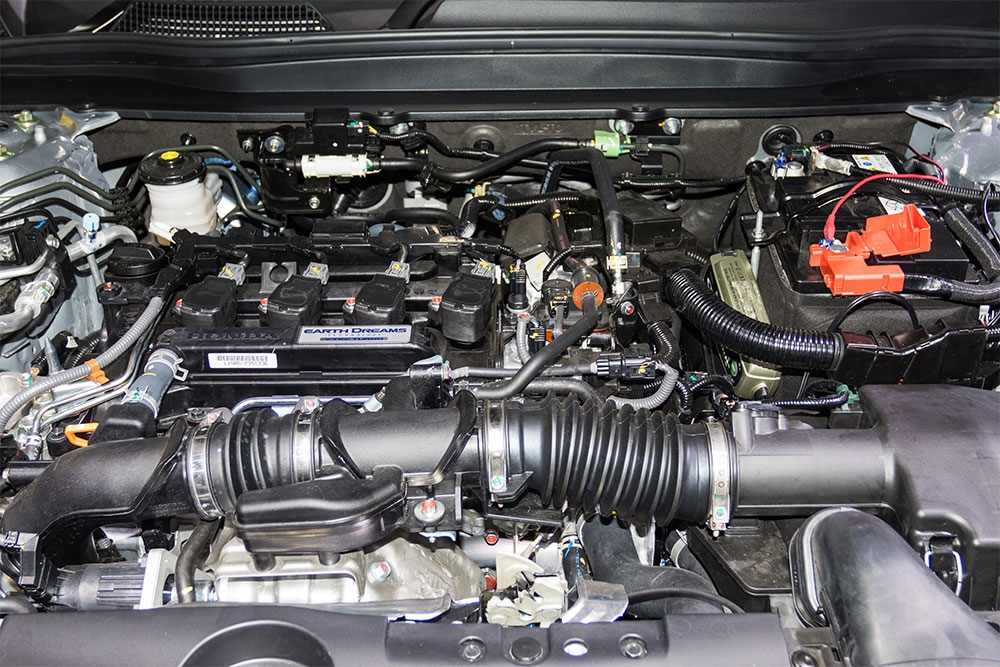
Has Your Honda Radiator Malfunctioned?
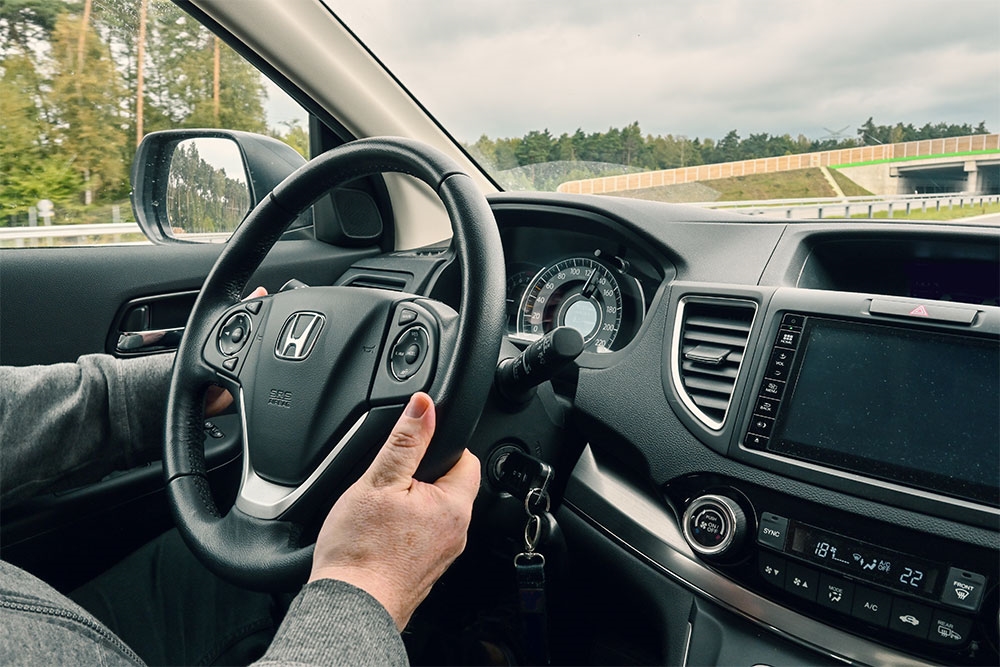
How To Adjust Your Honda Steering Wheel

How to Choose the Best Honda Hybrid Car
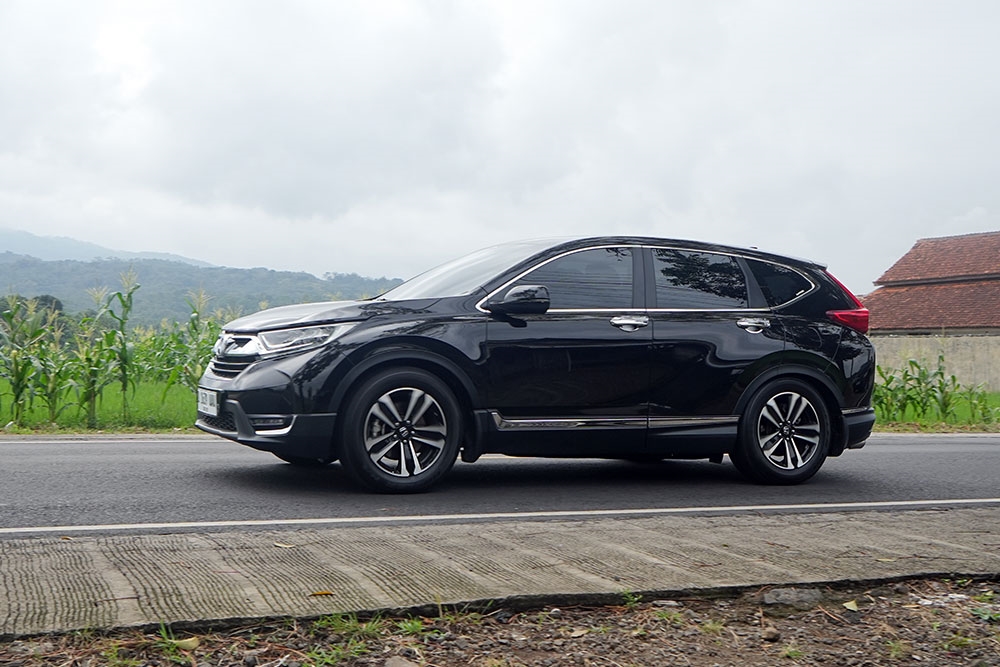
How To Clean Your Honda SUV Properly
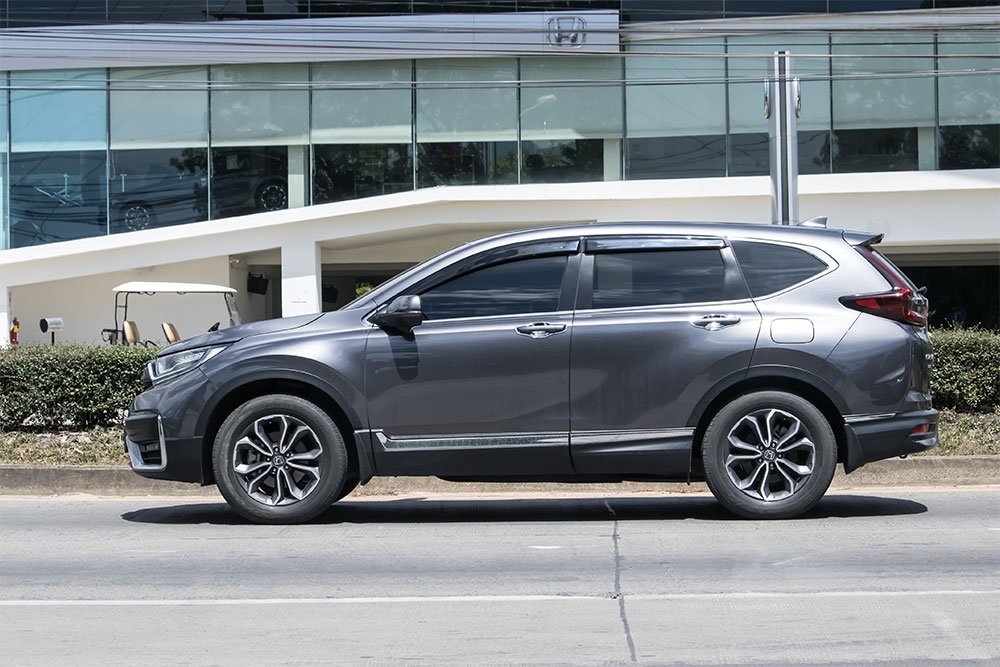
How To Install A New Car Battery For Your Honda SUV

How To Install A New Honda Car Windscreen
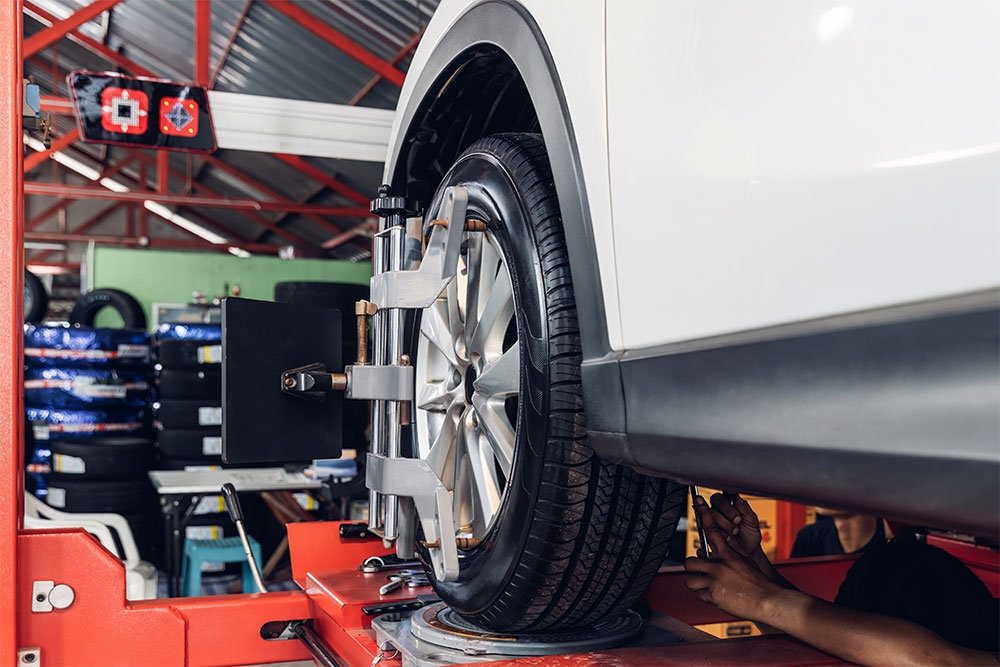
How To Install New Tires For Your Honda Car
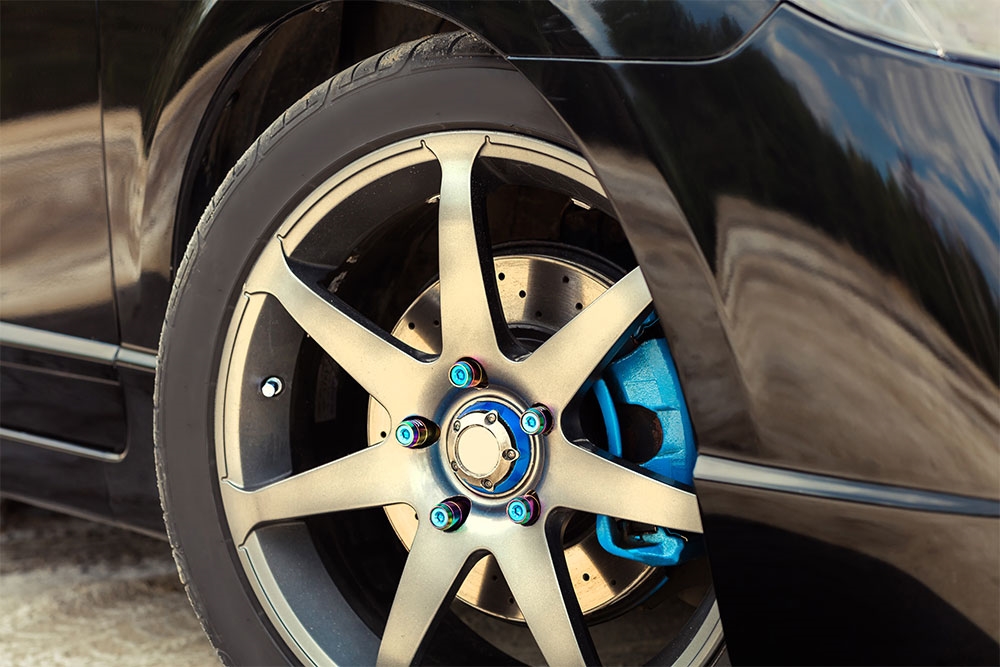
How To Replace Honda Brake Pads

How To Replace Honda Door Panels
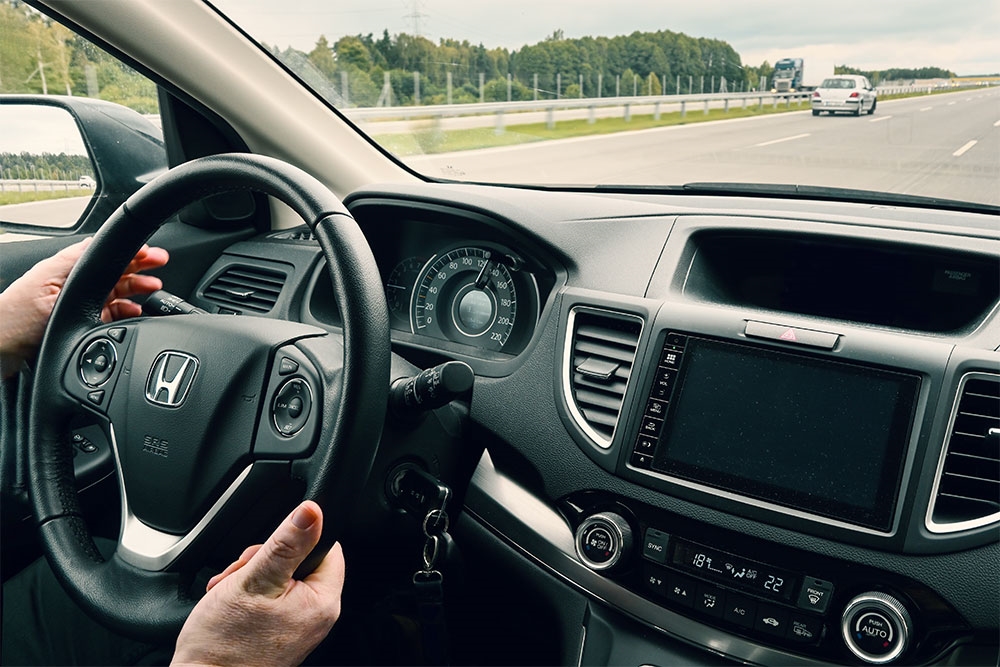
How To Select Different Driving Modes In Honda Vehicles
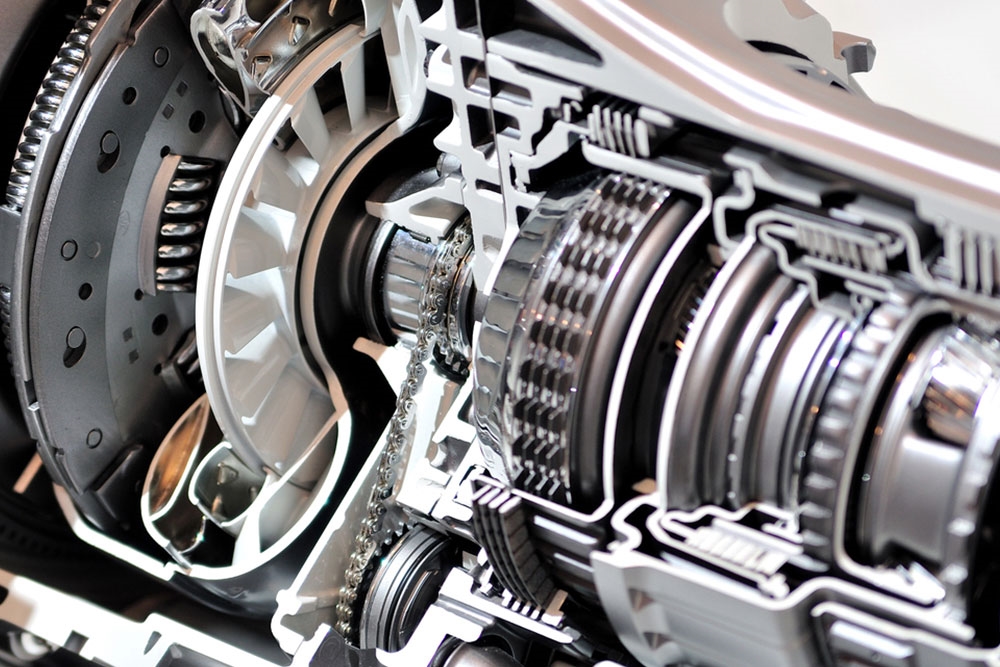
How to Tell the Signs of a Honda Gearbox Problem
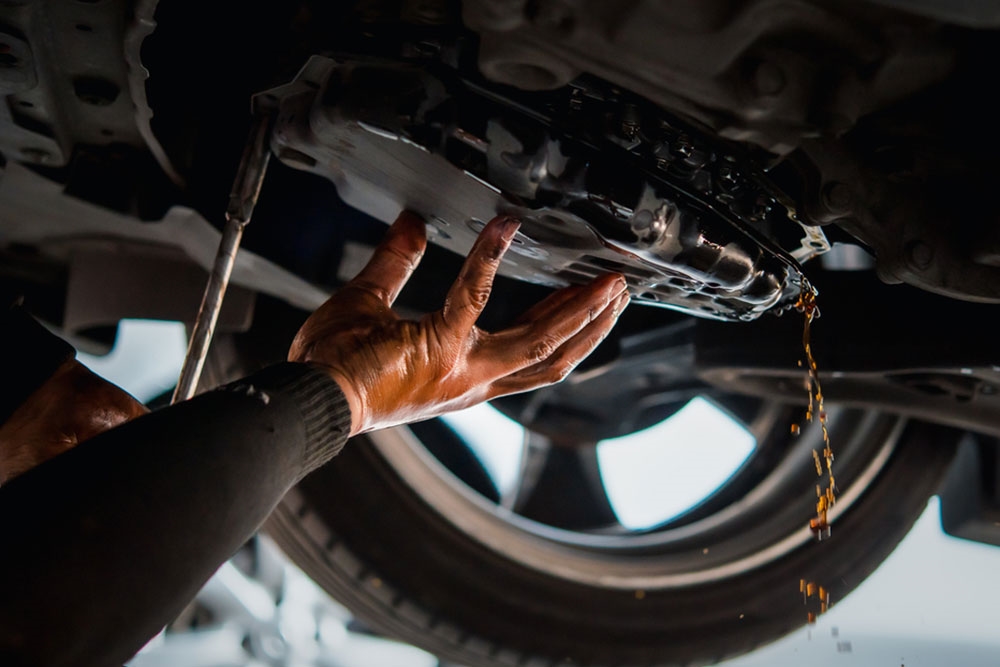
How To Tell The Signs Of A Honda Transmission Fluid Leak
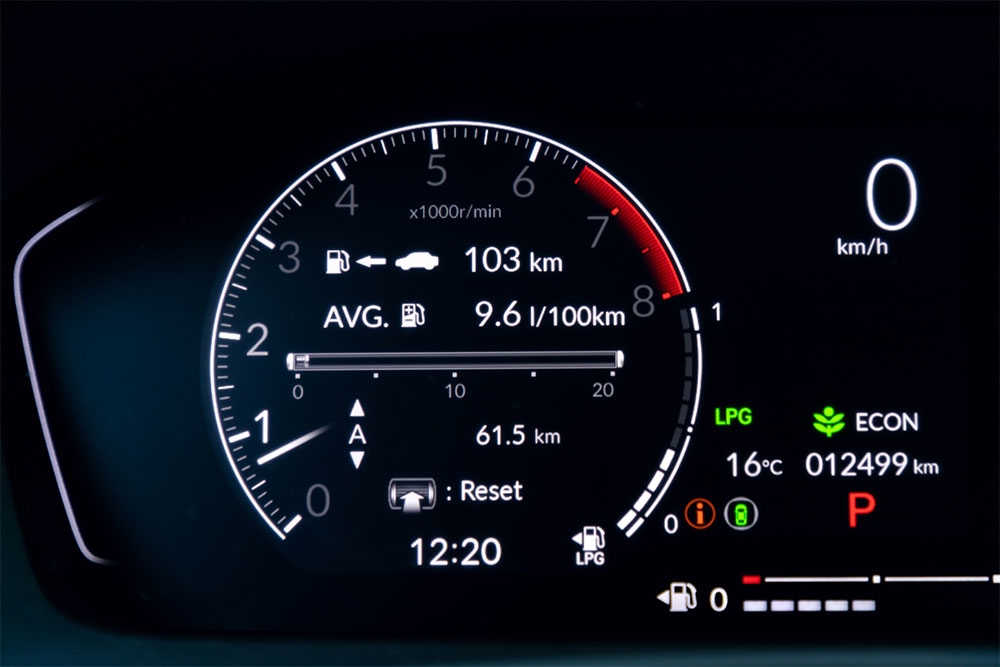
What Do Honda Dashboard Warning Symbols Mean?

How To Easily Connect A Bluetooth Device To Your Honda SUV
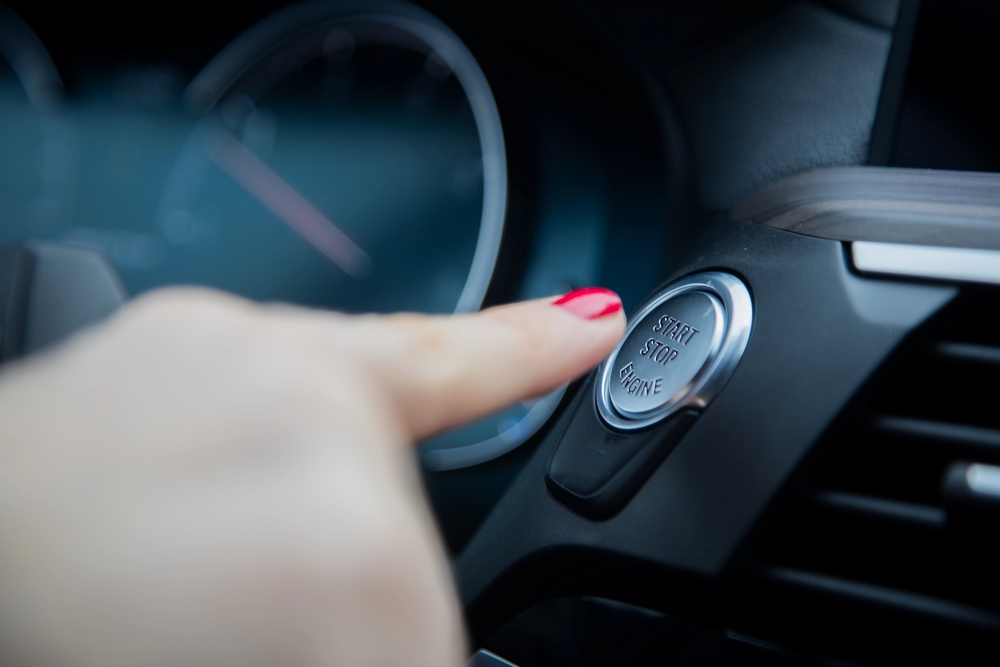
How To Start And Stop A Honda Hybrid Car
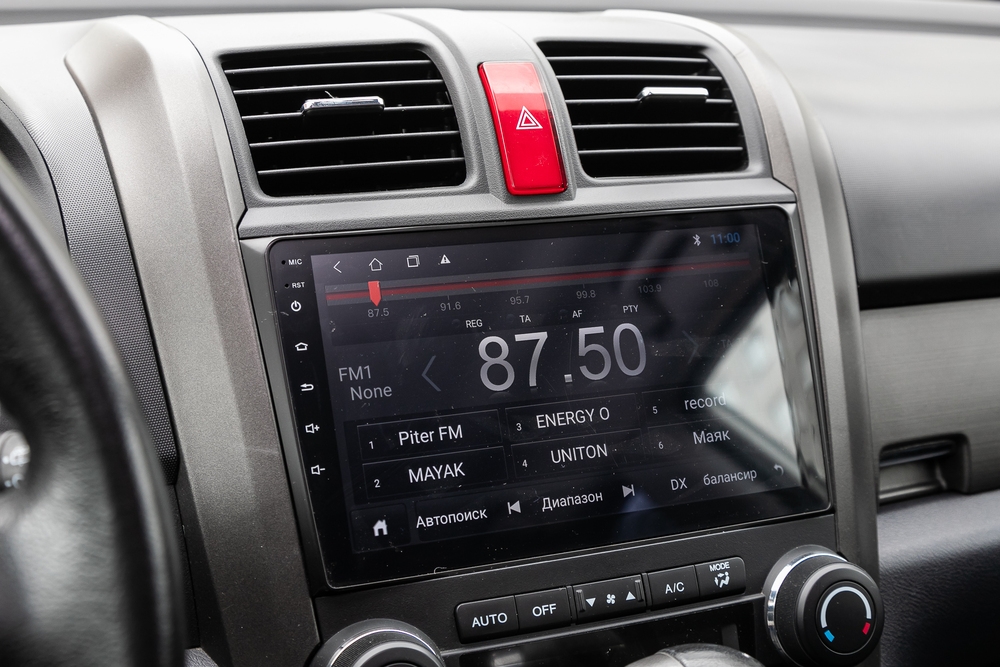
How To Troubleshoot Common Honda Car AC Problems

How To Use Cruise Control In Honda Cars

How To Use Honda Voice Command
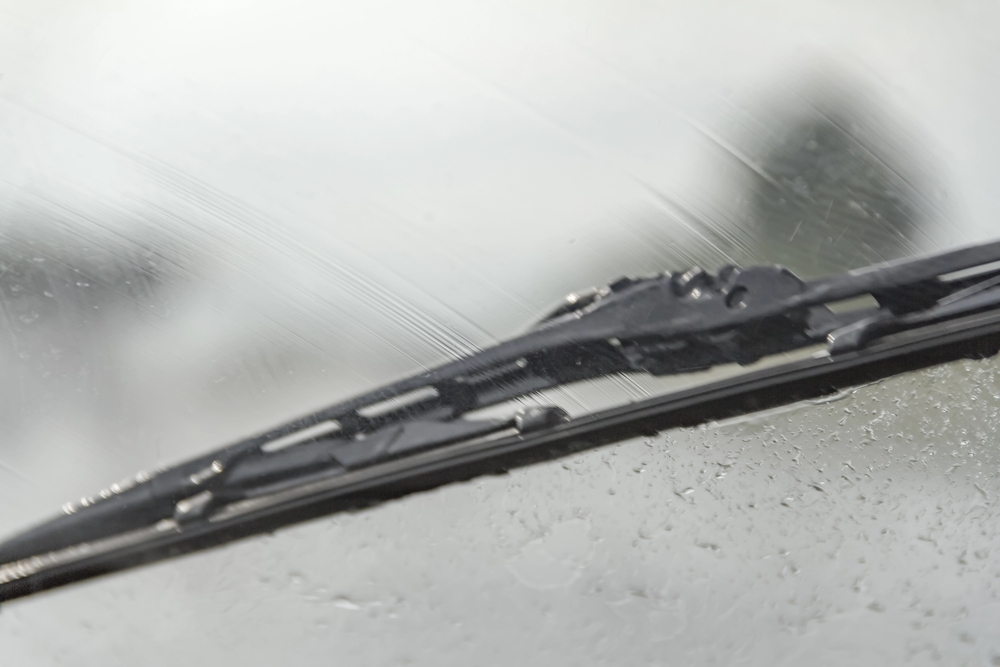
How To Replace Honda Windshield Wipers
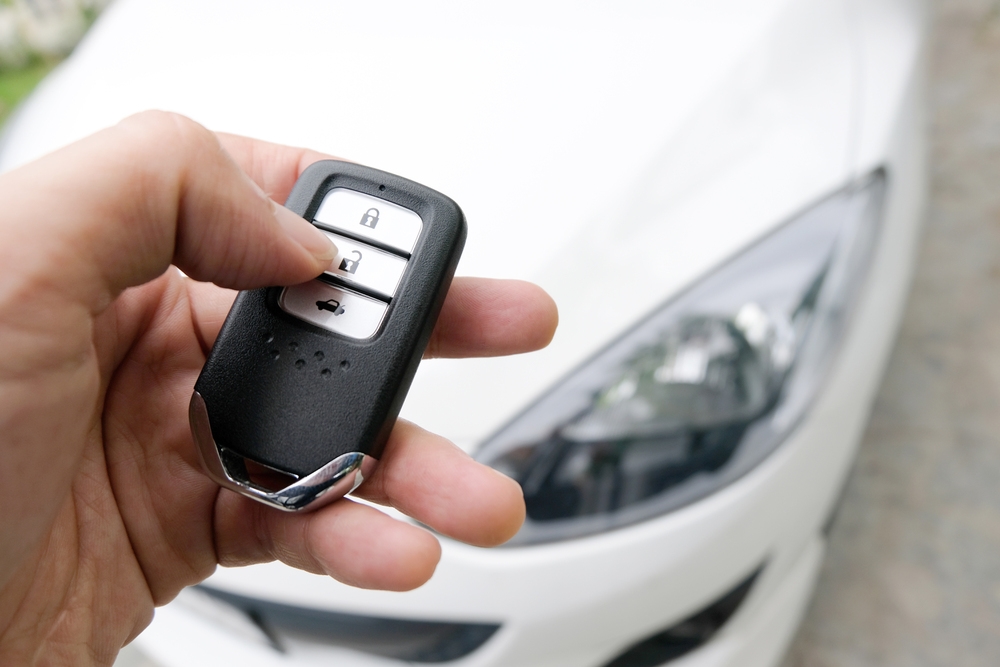
How To Replace The Battery In Your Honda Key Fob

How To Adjust Your Honda Car Clock
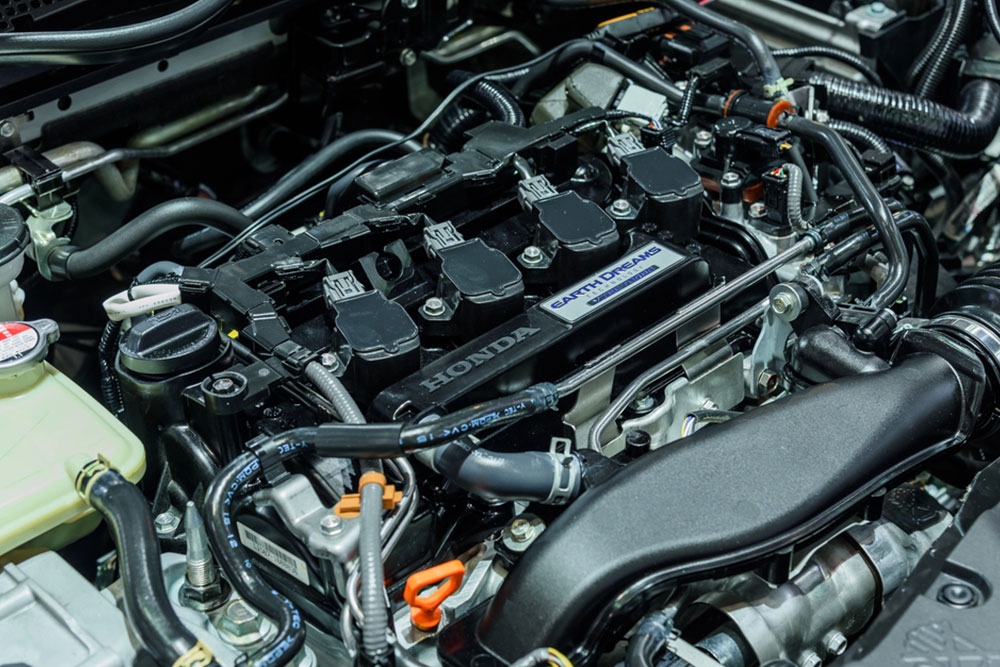
How To Replace Honda Engine Oil


